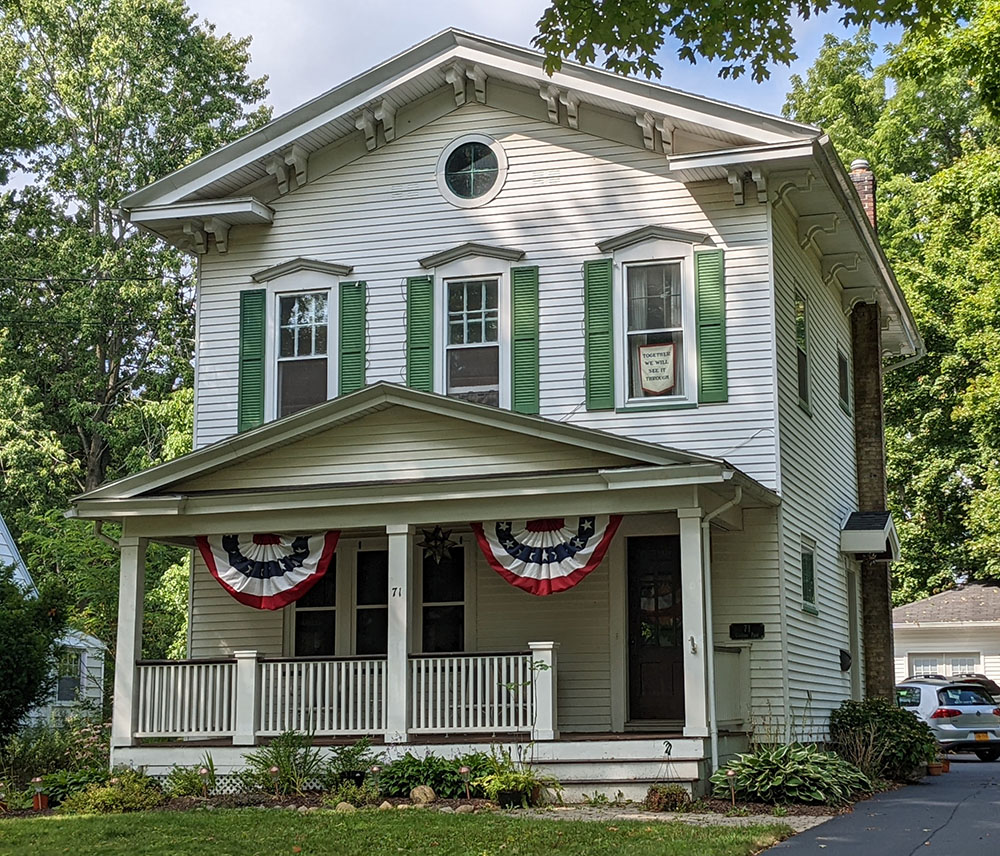Now here’s something you might not have known: the first woman to run for President of the United States actually did so way back in 1872. Her name was Victoria Woodhull, the daughter-in-law of Byron Woodhull, the Town of Webster’s first supervisor.
Woodhull was a woman 100 years ahead of her time. She not only ran for president, but was also deeply involved in the suffrage movement, and advocated for social improvements like an eight-hour work day, a graduated income tax and social welfare programs. She and her sister Tennnessee published a weekly newspaper – among the first women ever to do so – and were the first women stockbrokers. By the late 1800s, Woodhull was one of the most famous women in the country.
When Woodhull ran for the presidency in 1872, she was a candidate of the Equal Rights Party. She didn’t garner even one electoral vote, but it’s interesting to note that she spent election day in jail. The U.S government had arrested her for sending “obscene” literature through the mail. Her offense was publishing articles in her newspaper about an adulterous affair between Elizabeth Tilton and Reverend Henry Ward Beecher, a prominent Protestant minister.
Victoria Woodhull, portrayed by Gwen Hoffman, was one of several notable Webster women, past and present, who “visited” the Webster Public Library on Thursday March 30 for a Women’s History Month program. Also on hand to tell their historical stories were Monroe County politician Erva Wright (portrayed by Eileen Brookins), former Webster Historian Esther Dunn (Lisa McNamara), farm wife Agnes Semmler (Sharon Pratt) and present-day Town of Webster Councilwoman Ginny Nguyen. Learn more about lots of interesting historical Webster women (and men) at the Webster Museum, 18 Lapham Park in the Village of Webster. It’s open Tuesdays, Thursdays and Saturdays from 2 to 4:30 p.m. Visit the website at webstermuseum.org to learn more.
Missy Rosenberry
Webster Community Blogger
See my blog at: websterontheweb.com.
Check out my Facebook page and follow me on Twitter and Instagram.


























